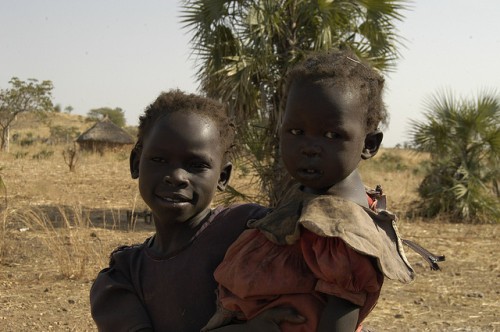Award winning UK journalist Brian Deer spoke to a packed Eaton Lecture Theatre at Ryerson University Wednesday morning, talking about his seven year investigative piece and offering advice on how to succeed in the highly competitive newsroom.
“The ultimate goal is to keep the marginal story out of the paper,” said Deer. “If you can deliver the story that keeps the crap out of the paper, news desks will love you.”
A veteran of the newsroom, Deer is best known for his investigative piece that denounced the fraudulent research of Dr. Andrew Wakefield, for the Sunday Times in London. Dr. Wakefield did a search linking the Measles, Mumps and Rubella (MMR) vaccine to regressive autism in 12 children.
“What builds an audience is fear or pity,” said Deer, quoting the famous philosopher Aristotle. The vaccine story offered both: pity for the children and fear of the vaccine. After reading an abundance of articles from the Lancet and papers such as Mail on Sunday, Deer questioned, as many eventually did, how they got away with such poor research. Deer’s answer, “They’re just another magazine.”
According to Deer, what news editors want is a group of well written, well researched stories. Deer makes the comparison to television, which he says is “so easy, and so much fun that pretty much anybody can do it.” Deer explored the television medium when he produced and reported an hour long television program.
This television program lead to his only physical encounter with Dr. Wakefield in late 2004, while chasing Dr. Wakefield through a crowded conference room, camera crew in tow, Deer shouted after him, “Dr. Wakefield, sir, can you not stand your ground? Parents have questions for you!”
Ask difficult questions. Find the question people don’t want to answer. This is Deer’s advice for new journalists when it comes to getting a great story. Producing the television show was amongst the greatest moment in his professional career, and lead to a 2.2 million people viewer rate for the show.
Deer reflected on his decision of going into print media, which he admits he does regret a little, but as one of his greatest moments was when he was taken onto the staff at the Sunday Times, Deer said, “Magic is in television, but the romance for me has always been in newspapers.”
Brian Deer struggled with an ethical dilemma of using a false name while interviewing the mother of one of the vaccinated children. He decided to replace his last name with his middle name and went by Brian Lawrence. See the interviewee’s reaction to the lie here:




